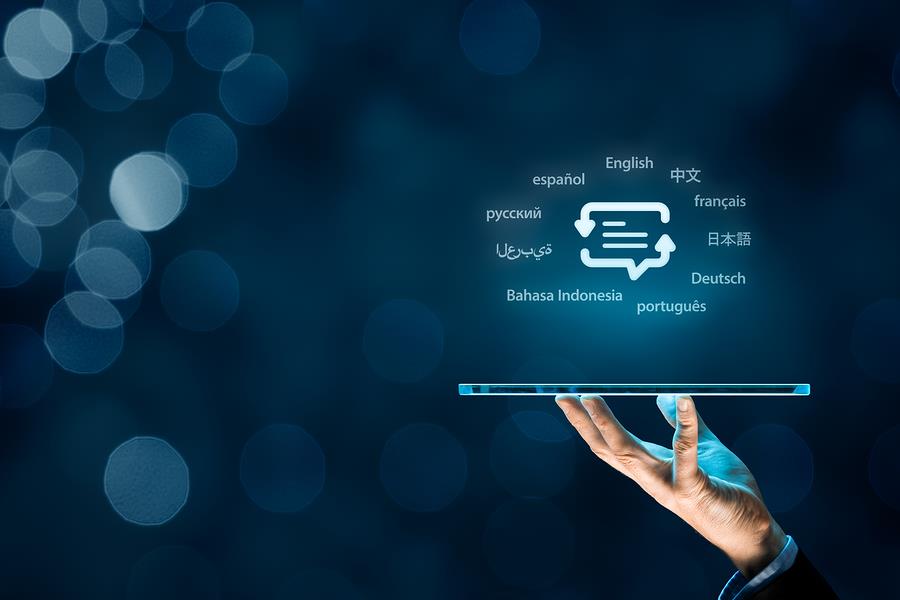The translation process is made easier with the use of translation management systems (TMS). This software manages complicated translation projects and eliminates time-consuming manual tasks.
Localization projects are often carried out by a large number of people, potentially from different countries and time zones. With a TMS, working together can be streamlined and more effective by reducing time to market and improving translation quality.
Key Functions Of Translation Management Platforms
1. Managing the Workflow
First of all, translation management software makes it possible to track your translation process in real time, thereby improving efficiency. Using a translation management system you can manage documents, automate processes, and convey information more efficiently.
Your website or app contains content. How do you publish it? How do you manage content on the site? New content will be automatically sourced by TMSs and assigned to translators if needed. Using this example of an application, one of the ways of optimizing translation workflows is demonstrated.
The translation management system should also integrate with other applications used by your organization. Tools like Figma, Adobe XD, or Sketch should directly integrate with the TMS for seamless creation of multiple-language content. Furthermore, collaboration apps such as Slack make it easier for colleagues to communicate.
2. Managing Memories
One of the essential functions of a TMS is storing a database of previous translations. This is known as the translation memory. With your repositories, you can reuse the phrases and words you have already created, so you aren’t constantly coming up with new language.
If your team has translated content in the past, translators can view suggestions based on past translations. It is like a feature that adapts as you translate new words, sentences, or phrases.

Utilizing translation memory can reduce translation time. It is possible to improve the quality of your translations if you avoid inconsistencies between them. The centralization of these memories makes a TMS an efficient workflow tool.
3. Managing Terminologies
Your translation team should not have to constantly rework content related to your brand. If you want to brand your business in other languages, localization is more important than translation. For your content in other languages to be cohesive, follow the same guidelines as you do for your English content.
The concept of translation memory is similar to a large terminology database. These translations are stored in the memory. Especially for new markets, terminology management is crucial to translating content consistently across countries, languages, and regions.
4. The Reporting and Monitoring Process
The reporting process is a key part of an efficient localization management process, as it is with any other business process. Your initial estimates should also include the amount of work completed, the price paid, and how the work compares to your original costs.
A translation management system manages all translation tasks, unlike email chains or Excel spreadsheets. When you can collect relevant data, managing your business becomes easier.
As with any campaign, you should manage your localization efforts similarly. By using a strong translation management system, you can see precisely where your money is going and whether it is having an impact on revenue and engagement.
5. Working With Other Processes While Integrating Machine Translation
The machines are connected to the translation management system by means of an application program interface (API). You can still get more accurate translations with computer-assisted translation tools even if you do not plan to use machine translations entirely.
If your development team has API access, you can take full advantage of the platform’s capabilities. Integrating GitHub is highly recommended as well. Integration between a provider’s application and your existing workflow will be easier if they offer more integrations.


